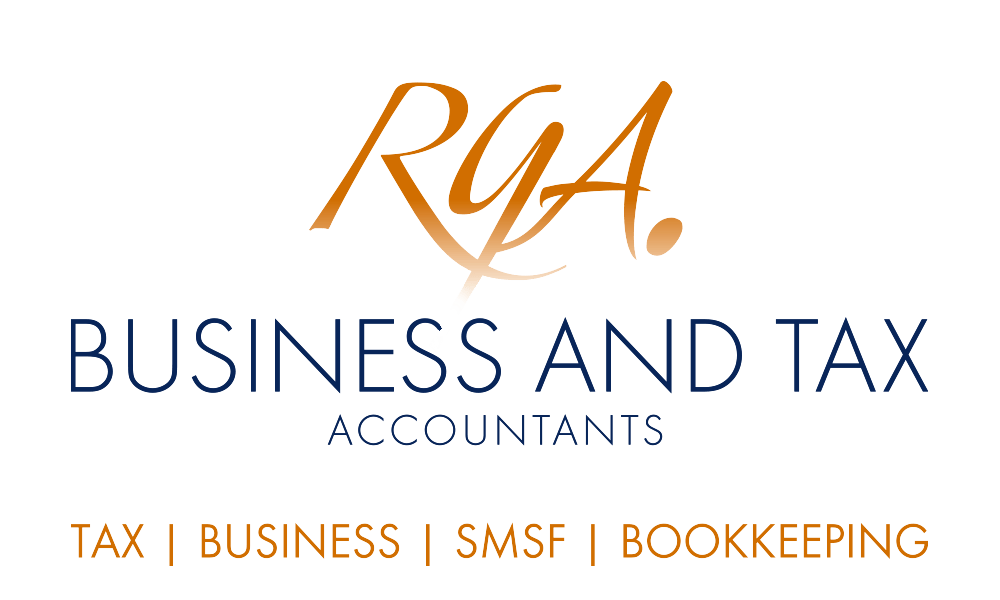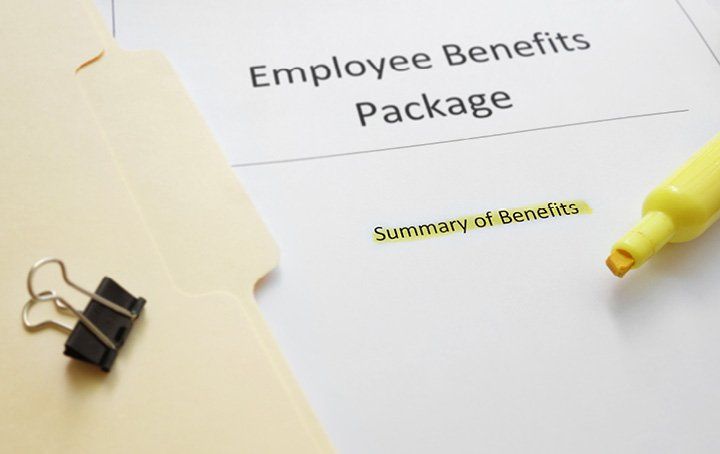
New legislation will help prevent superannuation assets from being hidden during divorce proceedings. From 1 April 2022, the Australian Taxation Office (ATO) will be able to release details of an individual’s superannuation information to a family law court.
The recently enacted laws are designed to ensure that there is procedural and economic fairness in divorce proceedings to prevent the under-reporting of superannuation assets. While a spouse’s superannuation information can be obtained now through legal action, if it is not provided willingly, it is often expensive and time consuming to obtain factual information through subpoenas or court orders.
From April 2022, when a couple have entered into divorce proceedings, if one of the parties believes the other is not being forthcoming about the value of assets held in superannuation, they can apply to a family law court registry to request their former partner’s superannuation information held by the ATO. They will then be able to seek up-to-date superannuation information from their former partner’s superannuation fund.
What happens to superannuation in a divorce?
In a divorce, superannuation is treated like any other asset and included in the division of assets in a property settlement or financial agreement. Depending on how the total assets of the couple are split, the superannuation balances of each individual may remain intact with each party taking their respective entitlement from the asset pool, or split between the couple.
For superannuation to be split, there must be:
· An order from the Family Court or Federal Magistrate Court; or
· A superannuation agreement (a financial agreement that deals with superannuation interests)
If a superannuation account is split, it does not convert into cash unless the receiving spouse is aged 65 or over, or has reached preservation age and has retired. In most cases, the superannuation is immediately rolled over into the receiving spouse’s superannuation account and remains there until they are legally able to access it.
The tax-free and taxable components of the super payment to a receiving spouse will be calculated immediately before the payment is made with the relevant payment retaining the tax components of the account the funds are being transferred from.
For self managed superannuation funds (SMSFs), generally an SMSF cannot acquire assets such as residential property from a related party but there is an exemption when the acquisition is a result of marriage breakdown. Where a property like a residential rental property is involved, the superannuation rules allow an in-specie rollover under a court order or financial agreement rather than forcing the former couple to sell the property. For example, where a couple have an SMSF together, it’s common for one member to step down when they divorce (until that point it’s important to remember that the trustees are legally obliged to act in the best interests of all members). This same member might then set up their own SMSF and utilise the exemption to receive the residential rental property as an in-species rollover.
Capital gains tax relief is also available where property is transferred to a spouse’s superannuation fund as a result of divorce proceedings so that any potential capital gains tax does not apply on transfer. Instead, the spouse or former spouse who receives the asset will effectively ‘inherit’ the transferor’s cost base of the asset for CGT purposes. That is, when the property is transferred, the tax implications are generally the same as if the receiving spouse or their superannuation fund owned the property from the time it was acquired.
If you and your spouse have an SMSF together and a divorce is imminent, it’s important to get advice on the decisions that need to be made about your SMSF and their implications.
The superannuation divide
On average, women earn 14.2% less than men based on full time earnings. If you take overtime into account, the gap is 16.8%. When part-time work is taken into account, this figure blows out to 31.3%. And, the COVID-19 pandemic has only worsened the pay gap.
Given that 93% of all primary carer leave is taken by women, it’s not surprising that there is a divide between the superannuation balances of men and women on retirement. While the gap is diminishing over time reflecting the positive shifts in work participation and the earning potential of women, it is currently estimated to be around 42%. That is, when a woman retires, she retires with around 42% less superannuation than a man.
While the situation is much better in SMSFs, a gap remains. Over the five years to June 2019, the average member balances of women increased by 28% to $654,000, however the average balance of a male was $784,000.
The Federal Budget proposal to remove the $450 threshold on superannuation guarantee payments (the minimum amount someone needs to earn in a month before an employer is required to pay superannuation guarantee) will help reduce the superannuation divide, but this is not intended to commence until 1 July 2022.
Superannuation equalisation
Where couples have significantly different superannuation account values but are of a similar age, there are practical reasons why they might look at evening out any gap.
Where one spouse is close to or likely to reach their transfer balance cap (between $1.6m and $1.7m), redirecting superannuation contributions to the spouse with the lower balance means that together, they maximise their tax-free income in retirement. Together, the couple can accumulate between $3.2 and $3.4 million tax-free.
You can make a contribution to your spouse’s superannuation fund up to their non-concessional cap (currently up to $110,000 depending on their superannuation balance). If they are under 67 years of age, you might also be able to use the bring-forward rule and contribute up to 3 years’ worth of non-concessional contributions in one year (up to $330,000 depending on their superannuation balance).
If your spouse is not working or a low income earner (assessable income less than $40,000), there is also a tax offset of up to $540 available on contributions you make on their behalf.
If your spouse is under 65 and not retired, you can split your superannuation with them. Up to 85% of your concessional superannuation contributions from your employer or salary sacrifice each year, can be directed to your spouse’s fund.
Actively addressing the value of each spouse’s superannuation account might also help to manage some of the issues that can occur when a spouse dies. While superannuation will pass to the beneficiary nominated in the death benefit nomination or estate, this does not always occur in the most practical or tax effective way. The superannuation rules in this area are complex, particularly when there have been family breakdowns in the past. It’s important to seek advice to ensure your superannuation is managed in a way that delivers the best possible outcome for your beneficiaries.
IMPORTANT: This communication is factual only and does not constitute legal advice. Please consult a qualified legal practitioner for advice tailored to your financial circumstances. Email us at Robert Goodman Accountants at reception@rgoodman.com.au . © Copyright 2021 Knowledge Shop. All rights reserved. Brought to you by Robert Goodman Accountants.















